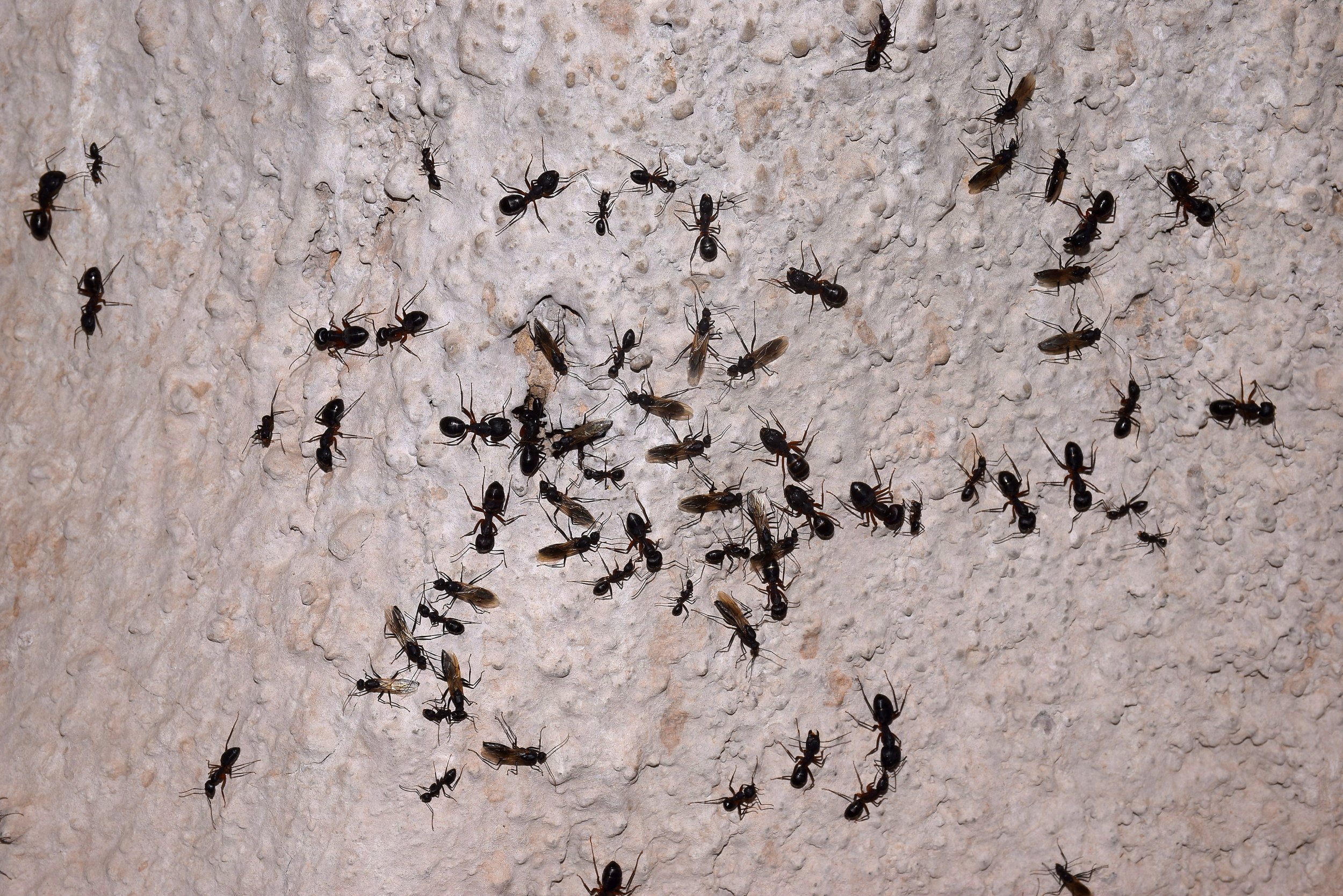
Ants
Ants
Ants are a commonly found pest that can invade residential structures and cause problems for homeowners. These tiny insects are attracted to food and water sources, and can easily find their way into homes through small cracks and openings.
One of the most common types of ants found in residential structures is the Argentine ant. These ants are attracted to sweets and can quickly infest a home if they find a food source. They are also known to create large colonies, which can make them difficult to control.
Another common ant species found in residential structures is the carpenter ant. These ants are attracted to damp and decaying wood and can cause damage to the structure of a home if left unchecked. Carpenter ants can also be difficult to control, as they create nests inside the wood and can be hard to locate.
If an ant infestation is already present in a residential structure, it is best to contact a pest control professional.
A professional pest control company can identify the type of ant present and develop an effective treatment plan to eliminate the infestation. They can also provide advice on how to prevent future infestations.
To prevent ant infestations in residential structures, homeowners should keep their homes clean and free of food debris. This includes storing food in sealed containers and cleaning up crumbs and spills promptly. It is also important to seal any cracks or openings around doors and windows to prevent ants from entering the home. Even when these preventative measures are put in place it is still almost impossible to completely exclude ants from a structure, so a preventative pest control service will be necessary to eliminate any ants that still find their way into the structure.
In conclusion, ants can be a frustrating pest in residential structures, but there are steps homeowners can take to prevent and control infestations. By keeping the home clean and sealed, and contacting a professional pest control company when needed, homeowners can protect their homes from these tiny invaders.



